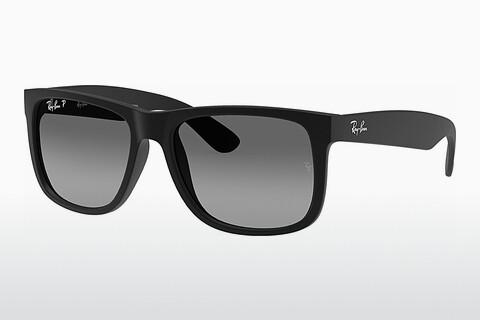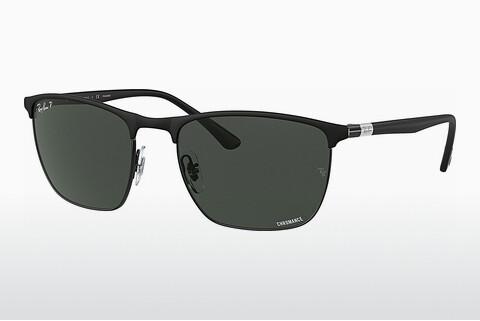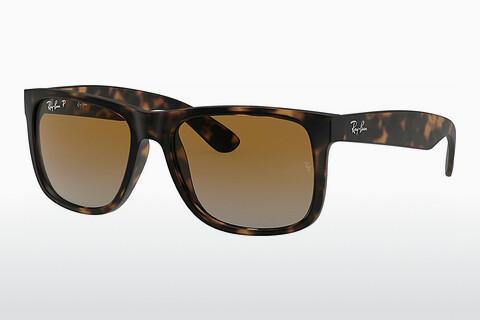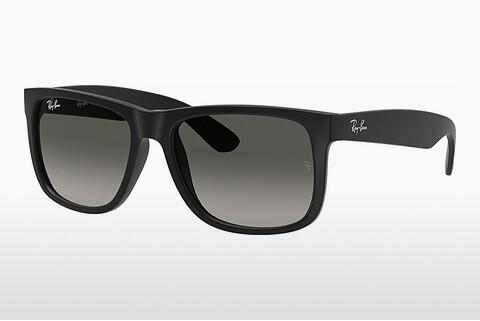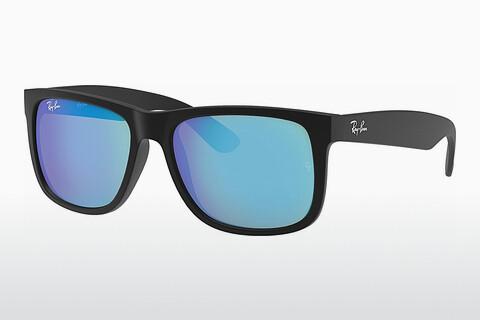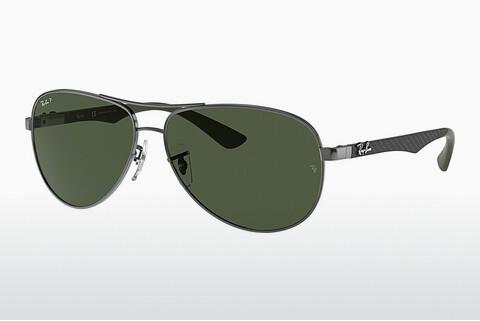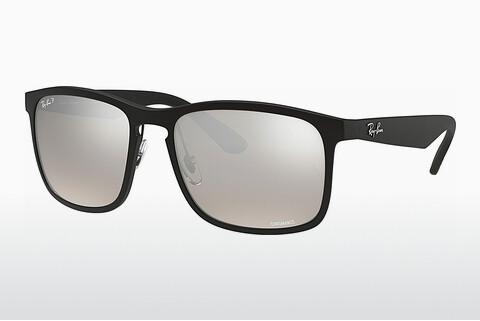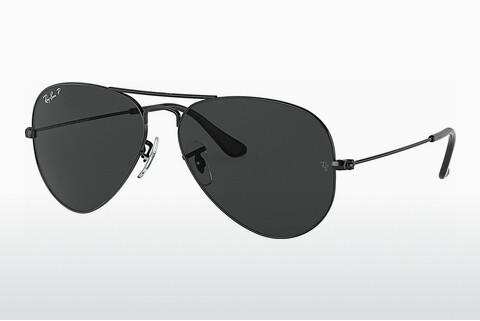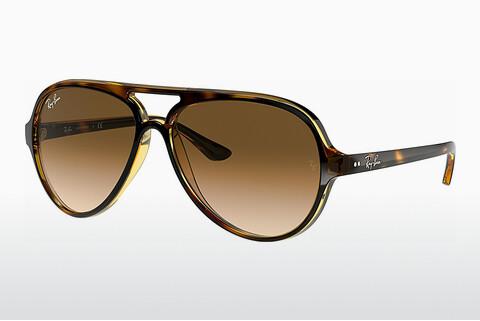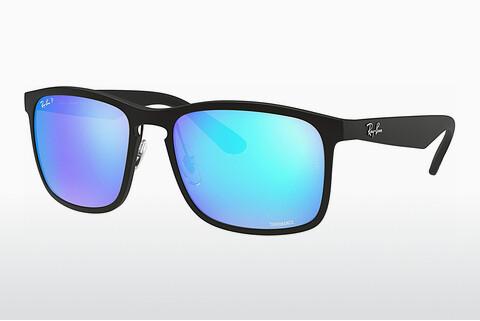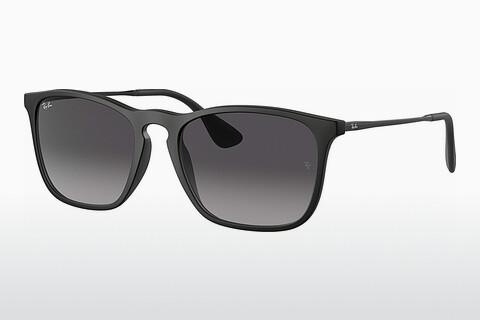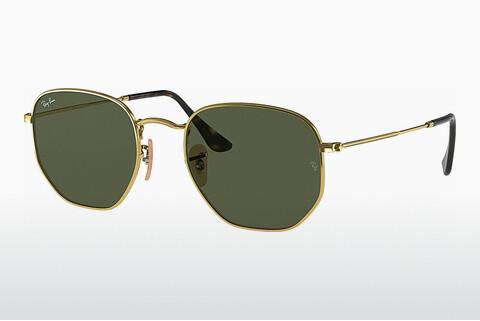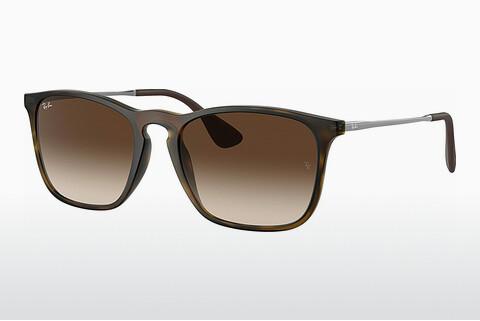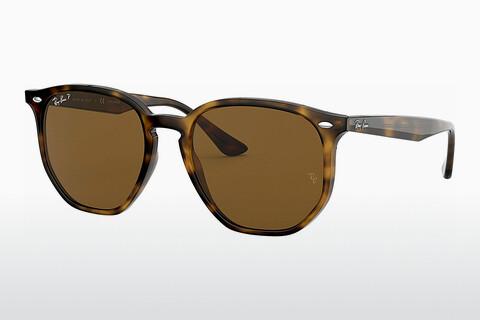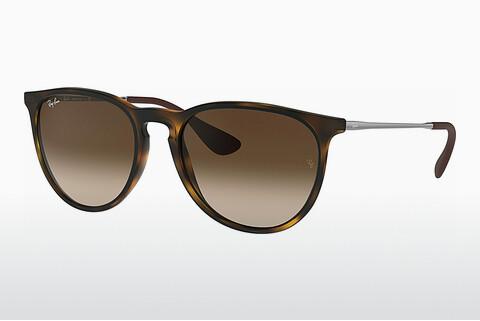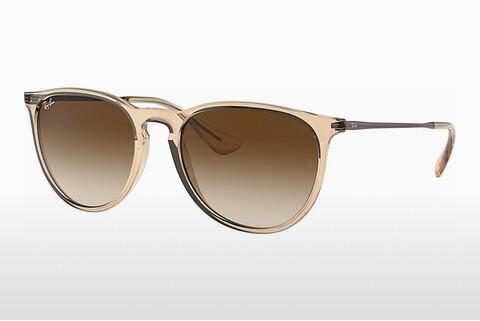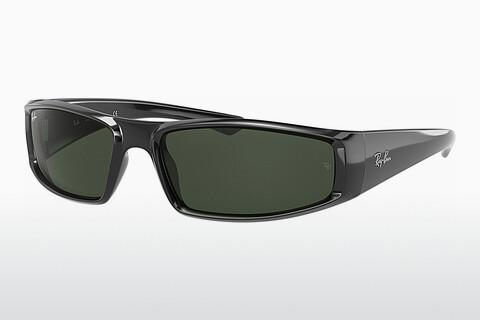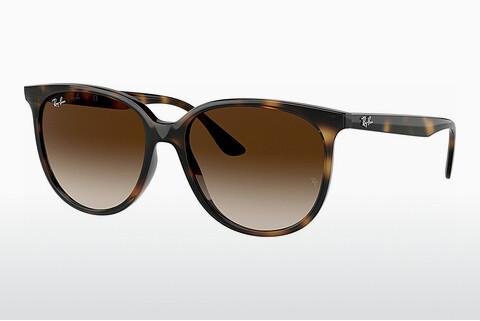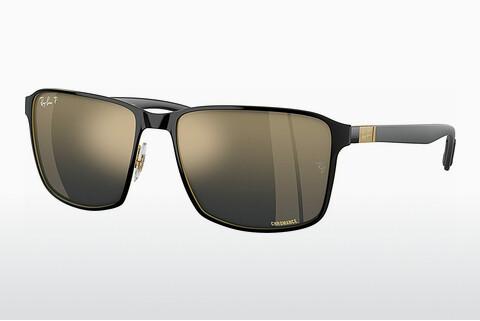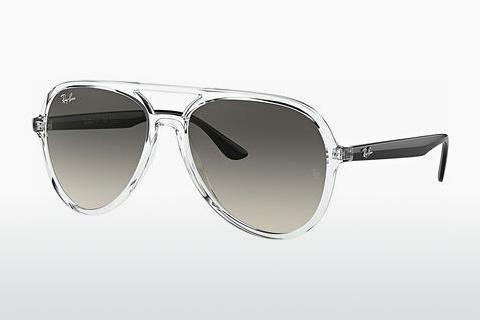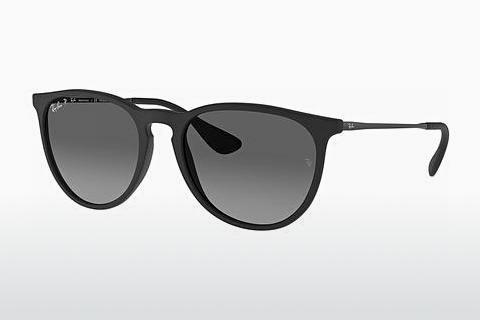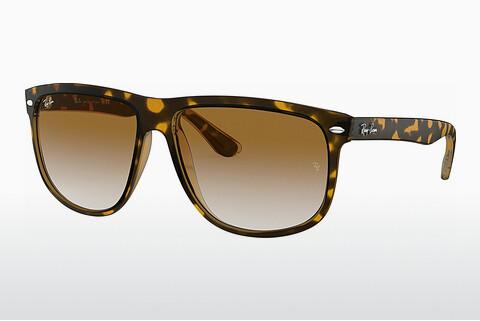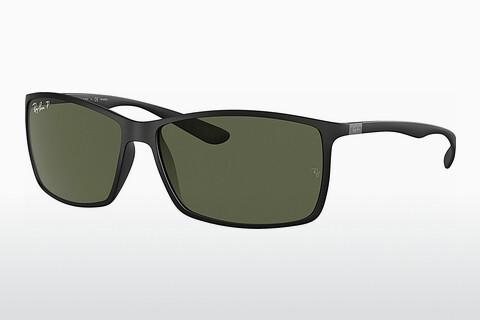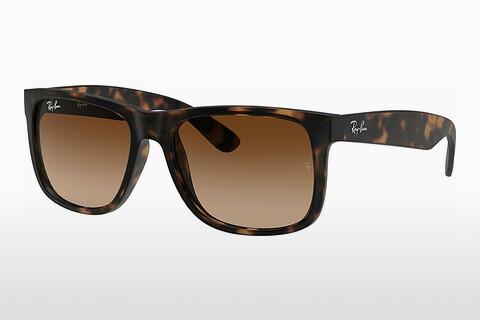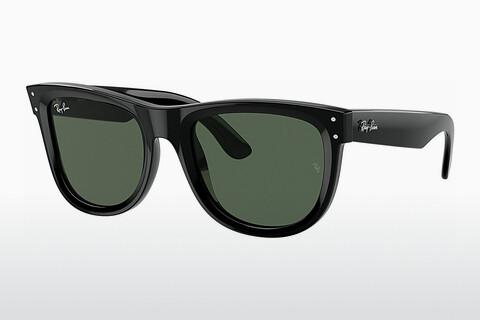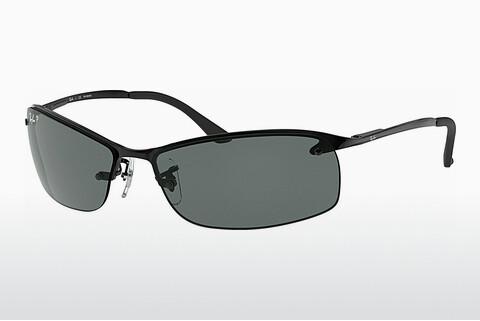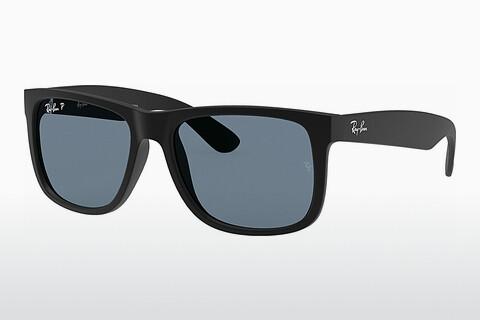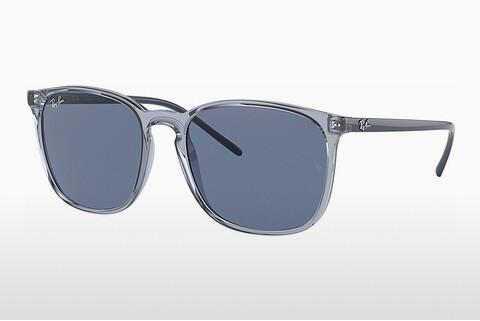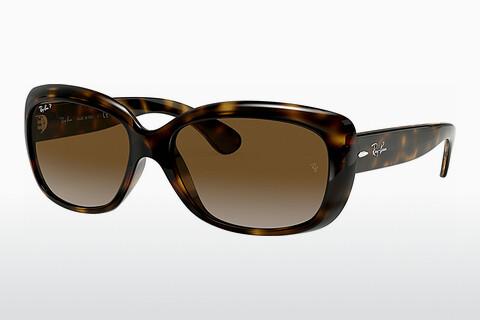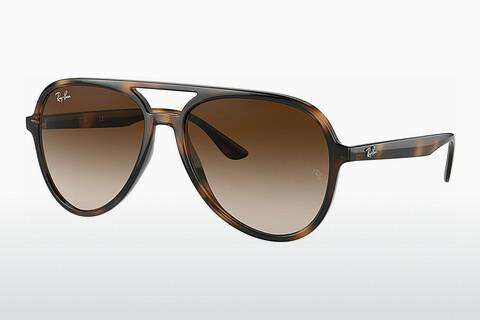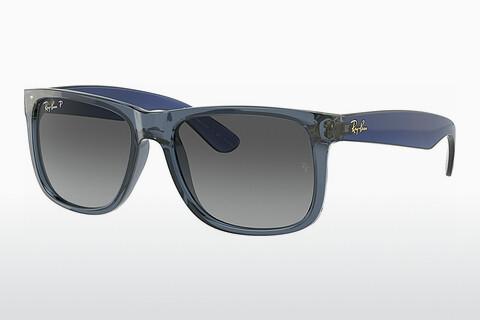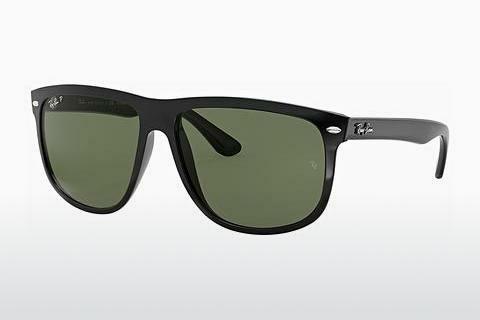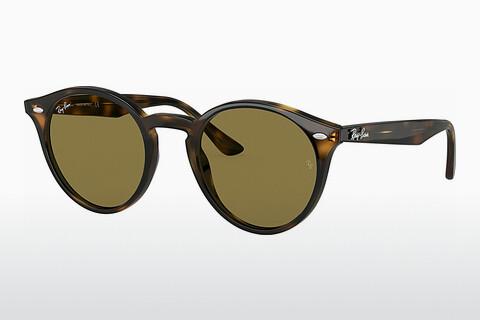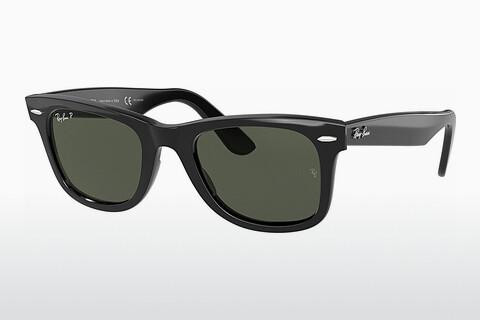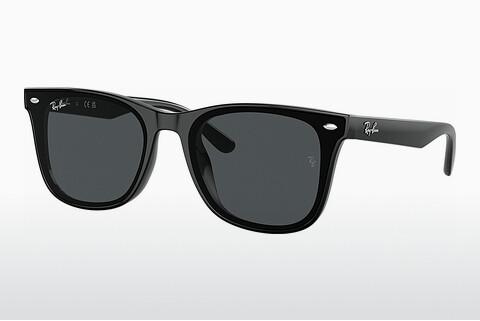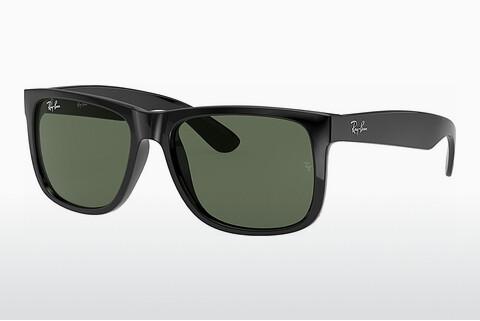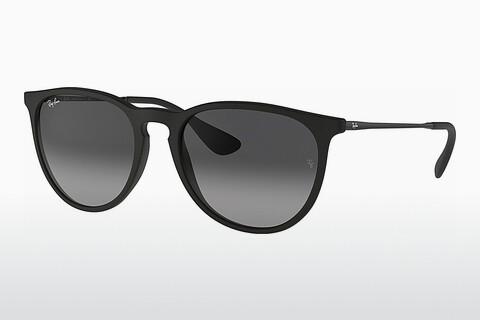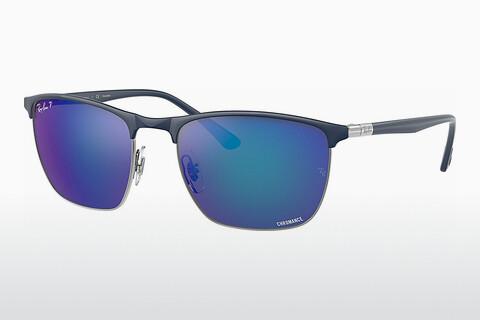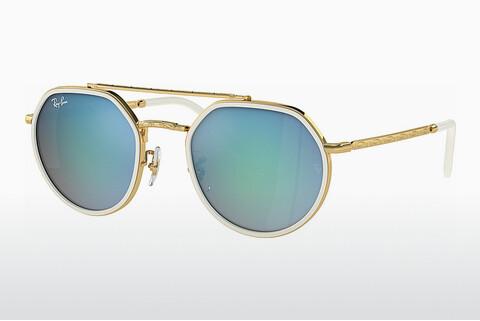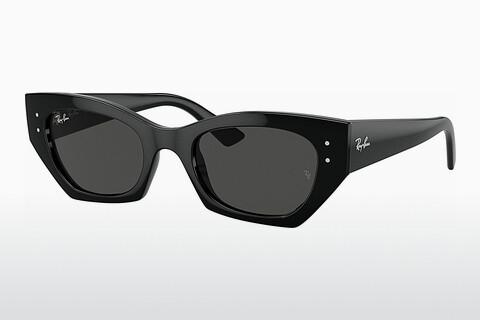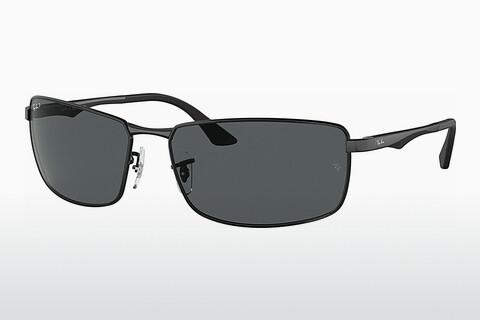product group
Head Width
- Narrow168
- Normal1,004
- Wide423
sizes
Features
- New Releases (166)
- In Stock (1,344)
- Virtual fitting (1,032)
cool styles
- Clubmaster (27)
- Wayfarer (56)
- Aviator (60)
- Justin (17)
- Erika (29)
- Cats (4)
- Cockpit (4)
- Jackie Ohh (12)
- Caravan (4)
- Outdoorsman (4)
- Round Metal (29)
- ∨
- ∧
Brand
- all Ray-Ban brands (1960)
- Ray-Ban (1,755)
- Ray-Ban Junior (205)
frame
Lens Colour
Frame material
price GBP
- –
- 45 – 100 (179)
- 100 – 120 (26)
- 120 – 250 (1,608)
- 250 – 450 (131)
- above 450 (16)
Sort by
- sort by price (lowest price first)
- highest price first
- order by salesrank
- Sort by release date
Buy Ray-Ban Sunglasses Online
About Ray-Ban Sunglasses – Where did it all start?
Change is the law of life. Those who look only to the past and present will miss the future.
once proclaimed former President and life-long Ray-Ban enthusiast John F. Kennedy. The Ray-Ban brand seems to have had a similar approach, because even if the journey to becoming the most popular eyewear creators in the world was not always easy, they had a vision for the future and only looked to the past when it came to designing iconic Ray-Ban Sunglasses and Ray-Ban Glasses.
The success story of Ray-Ban is a direct result of the rise in aviation in the 1920's. “Higher, faster, further” was not an empty phrase at the time, but rather the rule in the rapid development of aviation. With new types of aircraft, rising altitudes, higher speeds and increasing distances, pilots in military and civil aviation faced new challenges. After a large number of fighter pilots of the US Air Force complained of headaches and nausea due to the additional workload and increased light exposure, a solution had to be found quickly.
No Sooner Said Than Done! In 1929, General John A. MacCready approached the company, then a subsidiary of Bausch & Lomb, to order a new type of eyewear specifically tailored to aerospace applications. Not just any type, but one that was attuned to the needs of the pilots and their external environment and that could ensure perfect visibility without neglecting protection against strong light at high altitudes. The experts went straight to work and produced gold-plated metal sunglasses with green lenses made of mineral glass, which had ANTI Glare, infrared and UV protection. In 1936, they introduced the first plastic eyeglass frame in aviator design.
The First Ray-Ban Sunglasses
The initial model created for pilots was patented the following year and from then on was officially launched onto the market as Ray-Ban Aviators. This model was a huge success right from the start and hit the market like a storm, both fashionably and commercially. Not least because personalities such as General Douglas MacArthur were photographed wearing this model during the landing of US troops in the Philippines during the Second World War.
The fifties were in many ways a time of change and development, and of course, Ray-Ban was also at the forefront of eyewear innovation. After developing the N-15 lens for the Navy Air Corps in 1951, they later upgraded it to the ever popular G-15 lens, which only allows 15% sunlight to reach the eyes due to the grey-green glazing, without affecting vision.
In addition to this first cult model, the company also brought out two other important eyewear frames with the world-famous Ray-Ban logo, emphasising their technical aspects and style. The model Ray-Ban Shooter (RB3138) is available in two different types of lenses, G-15 Green and Kalichrome (light yellow glasses to wear in fog), and is aimed at sport lovers, who spend a lot of time outdoors and in nature. The Ray-Ban Outdoorsman (RB3030) even goes one step further. The model originally bore the name “Skeet Glass” and was designed especially for hunters, fishermen and marksmen.
Other Iconic Models by Ray-Ban
While Ray-Ban brings out new and unique frame designs every year, you can't go wrong with the classics. As well as the models mentioned above, these are some of Ray-Bans most iconic and best loved models, be sure to check them out:
- Worn by the Kennedys themselves as well as Tom Cruise in Risky Business, the Ray-Ban Wayfarer (RB2140) and all later versions such as the New Wayfarer and the Folding Wayfarer have been bestsellers for decades.
- The Ray-Ban Clubmaster (RB3016) is a classic browline frame and, just like the Wayfarer, is one of the most famous accessories in Hollywood history, as seen in films like Reservoir Dogs and Ferris Bueller's Day Off.
- The Ray-Ban Caravan (RB3136) is a square frame offering wide coverage and is a more angular alternative to the Aviator.
- The Ray-Ban Cats (RB4125) are a reinterpretation of the Aviator, this time made with super-light propionate material.
- The Ray-Ban Cockpit (RB3362) is another classic aviator style but slightly smaller and more subtle in shape.
- The Ray-Ban Round (RB3447) in metal and acetate are an iconic style, released at the end of the 80s but inspired by 60s styles. They add a touch of Rock 'n Roll to any outfit.
- The Ray-Ban Erika (RB4171) is one of the most popular sunglass styles for men with its round, retro shape, acetate rim and metal temples.
- The Ray-Ban Jackie Ohh (RB4101) is a thick cat-eye frame with a slight wrap, adding the perfect retro-modern touch to any outfit.
How can you tell if your Ray-Ban sunglasses are original?
Edel-Optics Certified Reseller
If you want to make sure you're getting an original pair of Ray-Bans, you should buy from a certified reseller such as Edel-Optics. Once you’ve received the item, make sure the logo is spelled correctly and cannot be scratched off easily. In addition, make sure your model comes with the Ray-Ban glasses case in the form of a small case and the Ray-Ban glasses cloth. You should also make sure the correct serial number is engraved on the left bracket.
Original sunglasses from the time of Bausch & Lomb bear the abbreviation BL in each lens, while in newer models of Ray-Ban Eyewear, which are now produced by Luxottica, the initials RB are only found in the left lens. However, the imprint of the whole brand name, which has a fixed place in the upper corner of the right lens, is found in every model. This is just one of the features that indicates an original. If the abbreviation or brand name can easily be scratched off, you most likely have an imitation.
Ray-Ban Sunglasses with Polarisation
High quality lenses and frames as well as high wearing comfort is what makes Ray-Ban sunglasses a tried-and-tested favourite around the world. But what is the difference between Ray-Ban and Ray-Ban P sunglasses? The P in the right lens next to the Ray-Ban logo stands for Ray-Ban polarised, which means that the lenses have a special glare protection. This is especially useful when driving on wet roads or during a trip to a winter paradise. This is because the bright reflected light can quickly tire the eyes or even cause permanent damage, so make sure to choose polarised sunglasses if you're planning to spend long hours outdoors! Simply look out for the P symbol on the bottom right of the product image or select this option from the filter on the left.
Shopping with Edel-Optics
If you want to buy Ray-Ban sunglasses online at low prices, then you've come to the right place. In our online shop we offer all the latest Ray-Ban sunglasses for men and women, including the original Ray-Ban case and cleaning cloth and FREE Delivery and Returns within 30 days. Only eyewear with prescription is excluded from returns, unless there is a fault. You can also get your Ray-Ban sunglasses with original Ray-Ban lenses in your prescription. Other custom lens features can also be added such as anti-reflective coating, anti-glare or polarisation. So what are you waiting for? Choose your favourite pair of Ray-Ban sunglasses and get ready to SEE AND BE SEEN!





